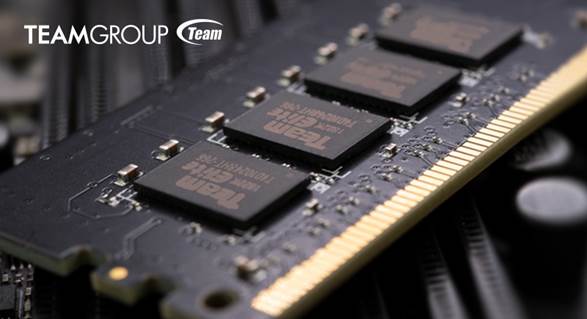DDR5 is slated for a 2021 release, and TeamGroup is working around the clock to be one of the first vendors to push out their products. The memory manufacturer has already started the validation phase with the top motherboard companies in the industry, including Asus, MSI, ASRock and Gigabyte.
Just to start things off, TeamGroup plans to release its first wave of DDR5 memory modules with a capacity of 16GB. The memory modules are rated for DDR5-4800 and only require a 1.1V DRAM voltage to operate. The specifications are not final, of course, but that’s what TeamGroup expects to put out.
TeamGroup’s press release mentions one very particular DDR5 trait. According to the company, users will no longer need to play with BIOS settings to get memory kits to run at their advertised frequency. As you know, the majority, if not all, high-speed DDR4 memory kits run at JEDEC’s baseline, and you either have to manually set up the memory or enable the XMP (AMP on AMD) profile inside the BIOS. Apparently, DDR5 will omit that step. However, it’s uncertain if DDR5 will run at the marketed frequency and timings right out of the box or there’s some kind of chip on the module itself that’ll handle the automatic configuration.
In the mainstream market, there are two processor families that have been rumored to support DDR5. Alder Lake-S, Intel’s first hybrid desktop chip, could also be the first mainstream processor to support DDR5 memory. We already know that Alder Lake-S will inhabit the new LGA1700 socket, so DDR5 support isn’t unlikely.
A previous roadmap claimed that AMD will support DDR5 on its next-generation processors too. By next-generation, it’s reasonable to assume that it’s the chipmaker’s Zen 4 parts, which could hit the market with the Ryzen 6000 moniker. Ryzen 5000 (Vermeer) was AM4’s last ride, meaning that Zen 4 will likely command a new socket, probably AM5 if AMD continues with the trend.
